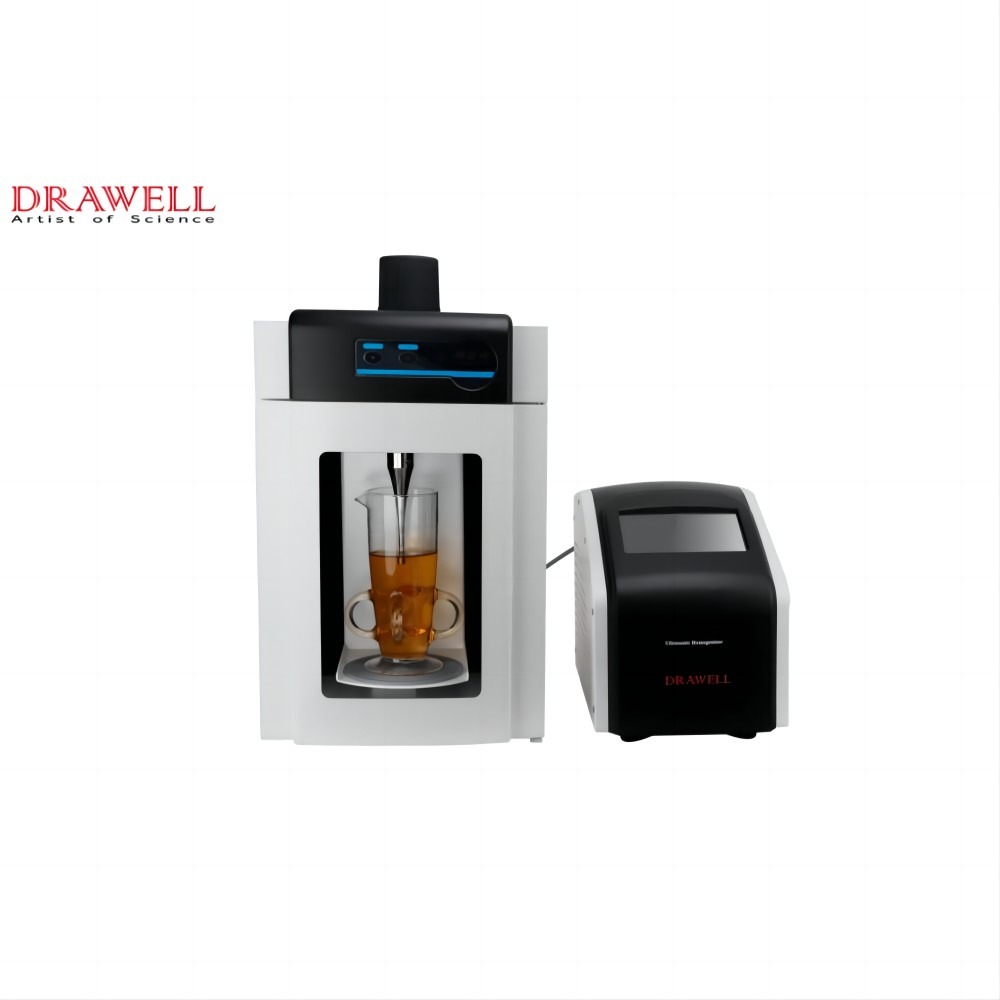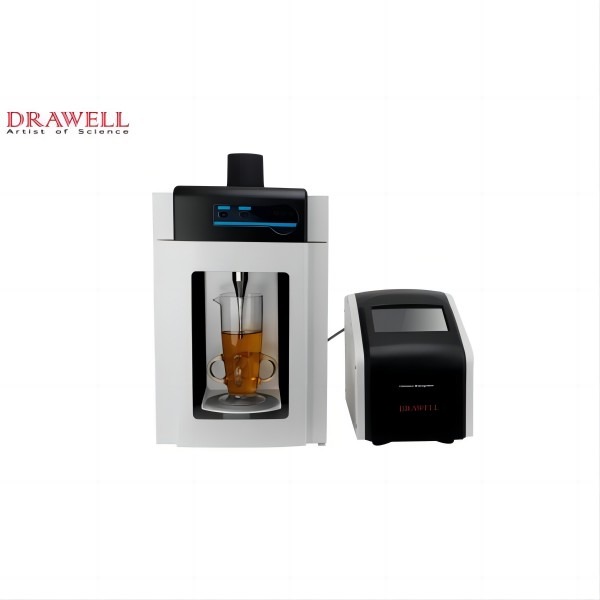Homogenizers have become indispensable tools in microbiological research, serving as critical components in sample preparation for analyses ranging from DNA extraction to protein isolation. This article focus on the topic of homogenizer in microbiology, exploring the significance homogenizers, shedding light on their mechanisms, applications, and the transformative impact they have on scientific research.
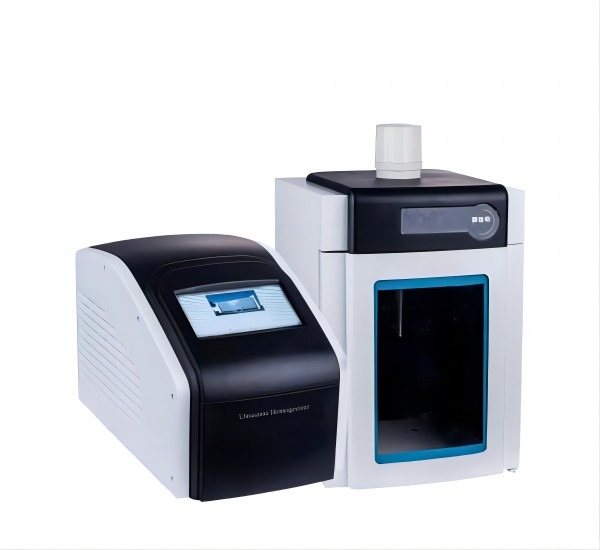
Understanding the Role of Homogenizer in Microbiology
How does Homogenization Work in Microbiology
- Sample Preparation
Microbiological samples can be heterogeneous, containing different types of microorganisms, cells, and debris. Homogenization involves breaking down these samples to ensure that they are uniform in composition. This is crucial for obtaining accurate and reproducible results in downstream analyses such as culturing, microscopy, and molecular biology techniques like PCR and sequencing.
- Cell Disruption
Many microbiological studies require the extraction of cellular components such as proteins, nucleic acids, and metabolites. Homogenization disrupts cell walls or membranes, releasing these intracellular components into the surrounding solution. This allows researchers to isolate and analyze the contents of the cells.
- Pathogen Detection
In clinical microbiology, homogenization is often used to process clinical specimens containing pathogens. By homogenizing the sample, microorganisms are evenly distributed, increasing the likelihood of detecting them through culture-based or molecular techniques.
- Environmental Microbiology
Environmental samples such as soil, water, and sediment often contain complex microbial communities. Homogenization ensures that these samples are thoroughly mixed, allowing researchers to obtain representative samples for analysis. This is essential for studying microbial diversity, abundance, and activity in various environments.
- Food Microbiology
In food microbiology, homogenization is used to analyze food products for the presence of microorganisms, pathogens, or contaminants. By homogenizing the sample, microorganisms present in the food matrix are evenly distributed, facilitating their detection and enumeration.
Types of Homogenizers
| Type | Description | Examples |
| Mechanical Homogenizers | Homogenizers that use mechanical force to disrupt cells and tissues, often through shearing or grinding mechanisms. | Rotor-Stator Homogenizers, Bead Mills, Blade Homogenizers |
| Ultrasonic Homogenizers | Homogenizers that use high-frequency sound waves (ultrasound) to disrupt cells through cavitation. | Ultrasonic Probes, Ultrasonic Baths |
| Pressure Homogenizers | Homogenizers that force samples through a narrow orifice at high pressure, causing mechanical disruption. | High-Pressure Homogenizers |
| Bead-Based Homogenizers | Homogenizers that utilize beads of various materials to physically disrupt cells through bead-beating. | Bead-Based Beating Devices |
| Microfluidizer Homogenizers | Homogenizers that utilize high-pressure fluid dynamics to achieve uniform particle size reduction and cell disruption. | Microfluidizer Processors |
| Cryogenic Homogenizers | Homogenizers that use freezing temperatures to disrupt cells and tissues, followed by mechanical disruption. | Cryogenic Homogenizers |
Advantages of Homogenizer Used in Microbiology
- Precise Cellular Disruption
Microorganisms, whether bacteria, fungi, or other microbes, have a variety of cell structures that must be disrupted using specific methods. High-pressure homogenizers offer a means to precisely break down cell walls, release intracellular contents, and create a uniform sample. This precision is crucial for downstream applications such as DNA and RNA extraction, where intact genetic material is paramount.
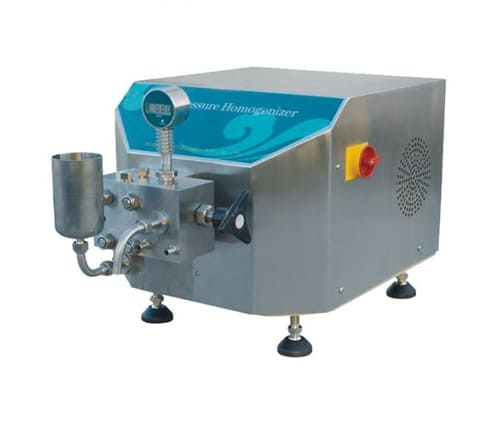
- Efficient Nucleic Acid Extraction
Homogenizers are instrumental in the extraction of nucleic acids from microbial cells. Whether isolating DNA or RNA, the homogenization process ensures the thorough release of genetic material, enabling researchers to obtain high-quality and quantity DNA or RNA for molecular biology applications such as PCR, qPCR, and sequencing.
- Consistent Protein Isolation
Homogenization is an important step in the liberation of proteins from cells in studies involving microbial protein analysis. Homogenizers aid in protein extraction by efficiently disrupting cellular structures, allowing for downstream applications such as Western blotting, enzyme assays, and mass spectrometry. Protein isolation consistency is critical for accurately assessing microbial protein profiles.
- Optimization of Microbial Culture Studies
In microbial culture studies, homogenizers ensure the uniform distribution of microorganisms within a sample. This is crucial for obtaining reliable and reproducible data in experiments related to microbial physiology, metabolism, and growth characteristics. Homogenization helps eliminate variability in microbial distribution, contributing to the precision of research outcomes.
- Quality Control in Pharmaceuticals
The pharmaceutical industry relies on homogenizers for microbial quality control. Homogenization aids in the consistent dispersion of microbial contaminants in pharmaceutical products, ensuring that samples taken for analysis accurately represent the microbial load. This is crucial for maintaining the safety and efficacy of pharmaceutical products.
- Enhanced Reproducibility
The use of homogenizers improves the reproducibility of microbiological experiments overall. Researchers can reduce variability between experiments by standardizing the sample preparation process, resulting in more reliable and robust results. This is especially important in microbiology, where minor differences can have a significant impact on data interpretation.
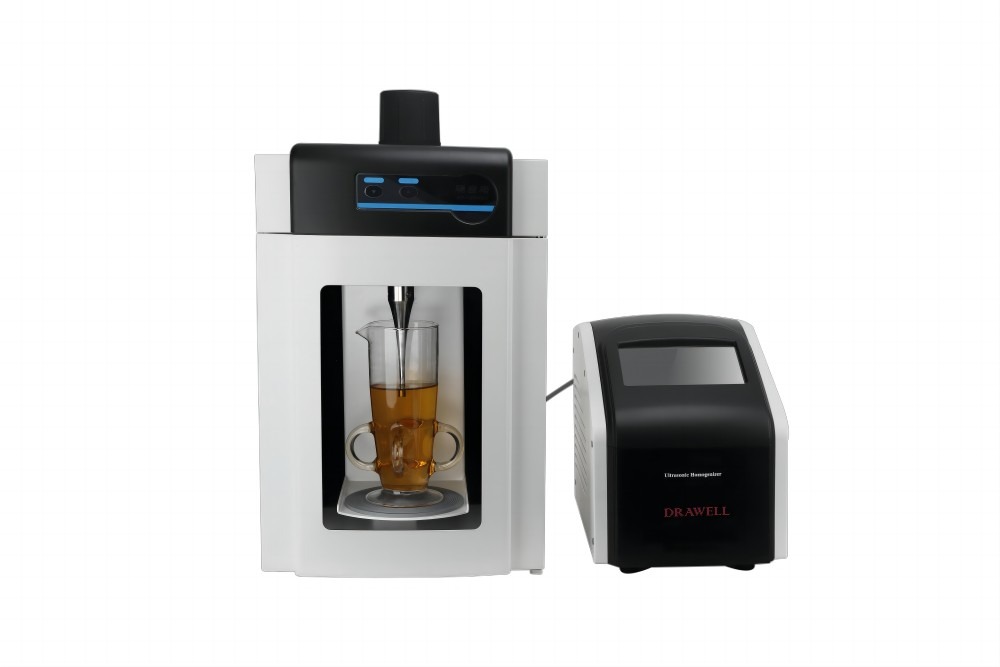
Applications of Homogenizers in Microbiology
1. DNA and RNA Extraction
Homogenizers are essential for dissolving cell walls and releasing nucleic acids for DNA and RNA extraction. This is especially vital in molecular biology applications such as PCR, qPCR, and sequencing.
2. Protein Isolation
Homogenization is essential for the extraction of proteins from cells or tissues. Efficient disruption ensures the release of intracellular proteins, enabling downstream processes like Western blotting and enzyme assays.
3. Microbial Culture Studies
Homogenization of microbial cultures is frequently required in microbiological research to study cell physiology, metabolism, and growth characteristics. It allows for the uniform distribution of microorganisms, resulting in consistent experimental results.
4. Pharmaceutical Microbiology
Homogenizers help with quality control and safety assessments in pharmaceutical microbiology by ensuring the uniform dispersion of microbial contaminants in pharmaceutical products.
5. Bioprocessing
In biotechnology and industrial microbiology, homogenizers are used in bioprocessing applications such as fermentation, enzyme production, and biofuel production. Homogenization helps achieve uniform distribution of cells, nutrients, and substrates, optimizing process efficiency and product yield.
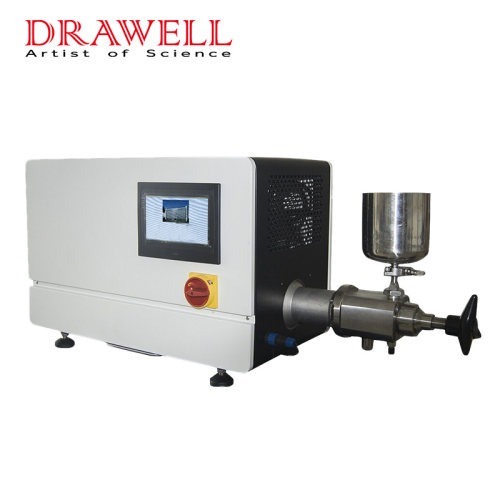
Conclusion
Homogenizers have transformed the way biological samples are prepared for analysis, making them indispensable tools in microbiology. The adaptability of homogenization methods enables researchers to process a wide range of samples, from microbial cultures to tissues, resulting in precise and reliable results in molecular biology, microbiology, and other related fields.


